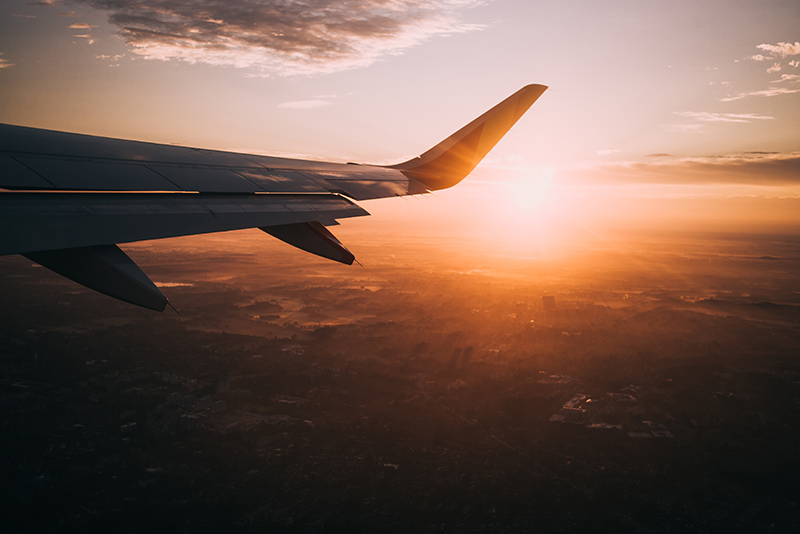Everyone in the world has a natural “body clock” that governs their regular sleeping and waking patterns. Most people who work a normal “9-5” hours go to bed at night, wake up refreshed and then start their day. They also typically adhering to consistent meal times. The steady everyday routines that we may take for granted, pilots must sacrifice for their career. Oftentimes, pilots are required to be working and alert when their bodies’ master clocks are naturally programmed to be sleeping. Read on to learn more about the circadian rhythm and how it affects pilots.
What is the circadian rhythm?
Many of our body’s natural functions are determined systematically in a 24-hour cycle by our body’s internal clock, through the circadian rhythm. This rhythm controls basic things like our body temperature and alertness, but it also affects memory, reaction time and even the regularity in which we go to the bathroom.
Ever wonder why you are or aren’t one of the morning people? It probably has to do with your circadian rhythm. Since this rhythm is impacted by lightness and darkness received throughout the day, most people’s clocks are naturally set to be the most alert in the mornings and late afternoon.
For those who work long hours or graveyard shifts, there can be long term repercussions from ignoring the body’s natural cycle.
How does the circadian rhythm affect pilots?
When there is disruption to a person’s natural rhythm and sleep schedule from traveling, it causes what’s known as jet lag. We may experience our sleeping patterns affected by flying.
The effects of jet lag include health problems such as fatigue, irritability, reduced mental acuity, slow reaction time, mood swings and digestive issues. For pilots who fly through time zones during all hours of the night, this disruption can be problematic. Though we do have a few tips and tricks for avoiding jet lag.
Pilots are in charge of the safety of hundreds of passengers, so they are required to remain sharp and alert at all times, no matter if it’s 2 a.m. or 10 a.m. And unfortunately, lack of sleep reduces basic cognitive performance, making red-eye pilots at risk for human error incidents.
Research has shown that those who work the night shift must work for 21 shifts consecutively to “re-wire” the brain and the circadian clock; this often doesn’t work with pilots, though, since they work irregular hours and long shifts, frequently with no set schedule.
How can pilots mitigate these effects?
Fortunately, erratic sleep-wake cycles aren’t an end-all for pilots. There are prediction models available in the aviation industry that help airlines and employees forecast what is needed for a proper work/life balance.
They know when to eat, exercise and sleep based on their working schedule so they can be as alert as possible and get everyone to their destination safely. Another way that airlines are keeping the skies safe is by employing new sleep monitoring devices that will help accurately gauge when a pilot may be getting overworked and too fatigued to fly safely.
Many pilots are also trained well and are very tuned in to their personal needs for sleep. So don’t fear taking a red-eye flight if the price is reasonable.
Pilots and other airline personnel know how to steal restorative shut-eye while delayed or during layovers and they generally have good sleeping habits to keep their bodies functioning well. Pilots are trained extensively before obtaining their license to fly, so you’re in highly qualified hands.





